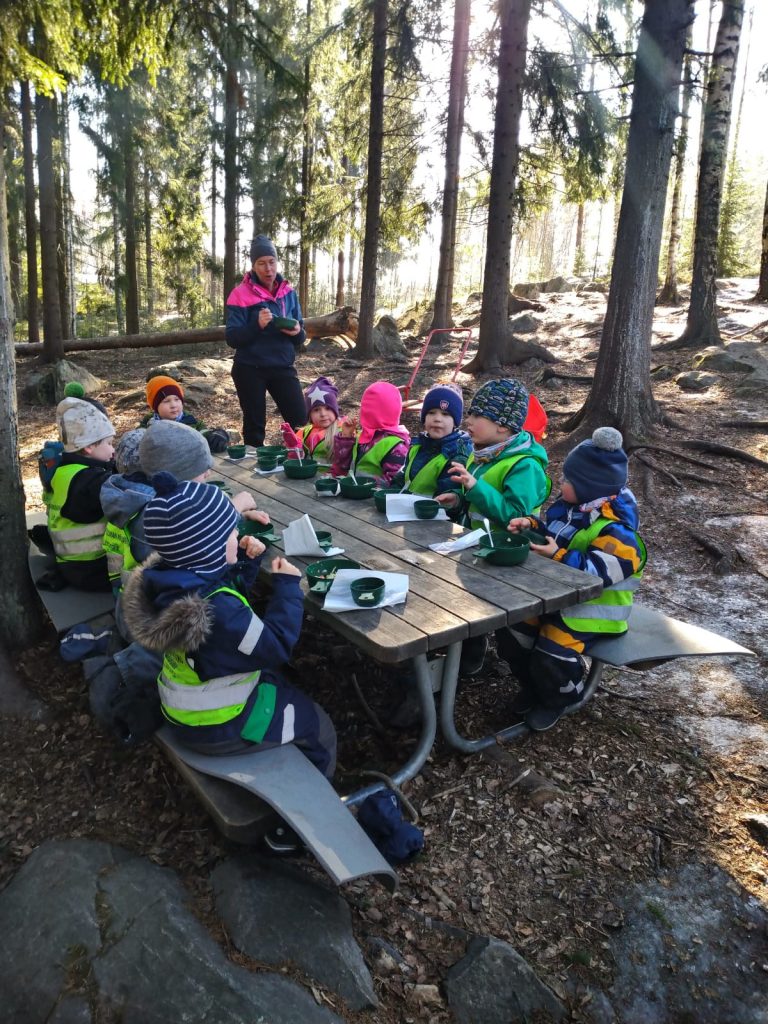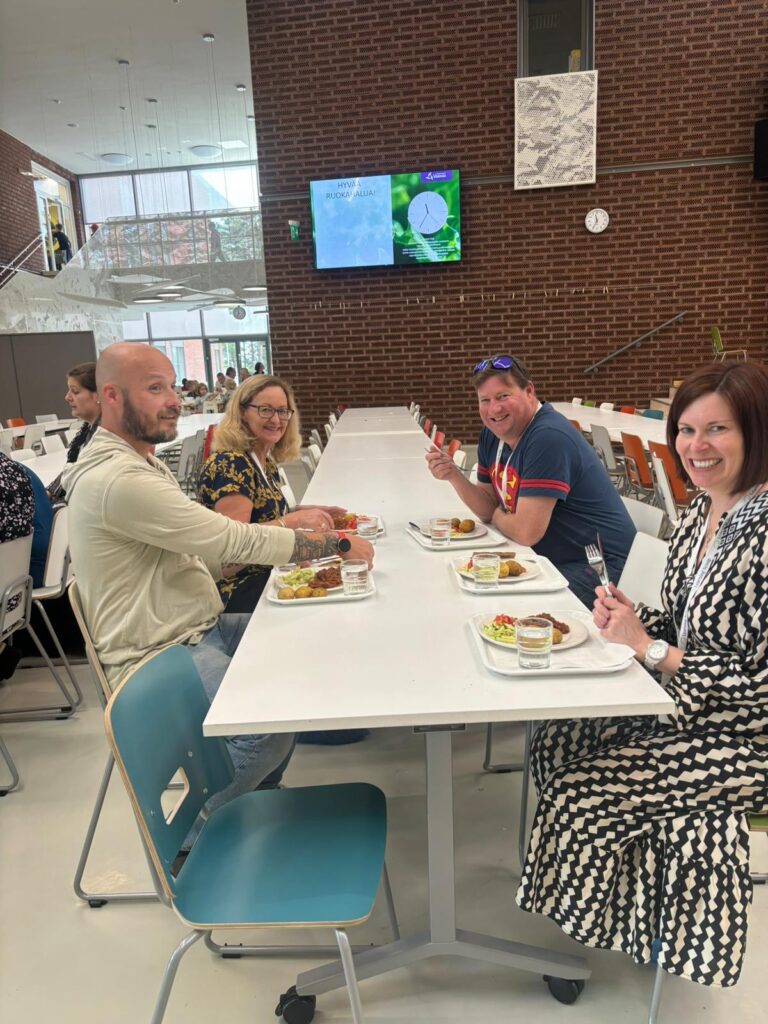There are no free lunches, or are there?
Finland is famous for its comprehensive education system, and one of its standout features is the provision of free school lunches. This initiative, which began in the mid-20th century, has evolved significantly over the decades, reflecting changes in societal values, nutritional science, and educational policies.
The Role of School Lunches in Education
Beyond nutrition, school lunches in Finland play a vital role in education. They are integrated into the curriculum, teaching students about healthy eating habits, sustainability, and social skills. The communal aspect of school meals helps foster a sense of community and belonging among students, contributing to their overall well-being and academic success. In the school cafeteria, students can serve their own food and thus learn to estimate how much they want to eat. Schools also have numerous methods to reduce food waste, such as a bio-waste scale that allows monitoring the amount of waste, and various competitions and campaigns where the class or school that produces the least waste receives a reward.

Historical Background
The journey of free school lunches in Finland dates back to 1948, when the country became the first in the world to mandate that all primary schools provide a free daily hot meal to students. This policy was introduced to ensure that every child, regardless of their socio-economic background, received at least one nutritious meal a day. Initially, the meals were simple, often consisting of soup or porridge, but they played a crucial role in improving the health and academic performance of students. Today, Finnish school lunches are designed to be nutritionally balanced, catering to the diverse dietary needs of students.

Current Practices and Challenges
One of the key challenges is ensuring that the meals remain affordable while maintaining high nutritional standards. Municipalities like Helsinki manage to provide meals for around 2.41 euros per child per day. However, smaller municipalities often face higher costs due to logistical challenges and lower student numbers. Despite the variations in cost, the quality of the meals is generally high, with an emphasis on local and vegetarian options.
Usually, school lunch is provided only during the school term, but Pietarsaari, a small town on the west coast of Finland, decided to offer free school lunch also during the summer holidays to willing children from primary school to high school age. Helsinki also offers free food in some playgrounds during the summer for children and youngsters under 16. This way, they support families where parents are working during the children’s holidays or where there are financial difficulties.
By ensuring that every child receives a nutritious meal, Finland not only supports the health and academic performance of its students but also promotes social cohesion and lifelong healthy eating habits. As the program continues to evolve, it shows how thoughtful policy can make a profound impact on society.

Would you like to experience for yourself what Finnish school food tastes like?
As school meals are an essential part of the Finnish education system, it has been our tradition to offer school lunch on the first day of the Study Tour during a school visit, allowing visitors to enjoy the same nutritious school food as the local students. Of course, the school meal cannot be compared to restaurant food, but it has been considered an important and eye-opening part of the study tour experience.

Heidi Riikonen
Pedagogical Coordinator
